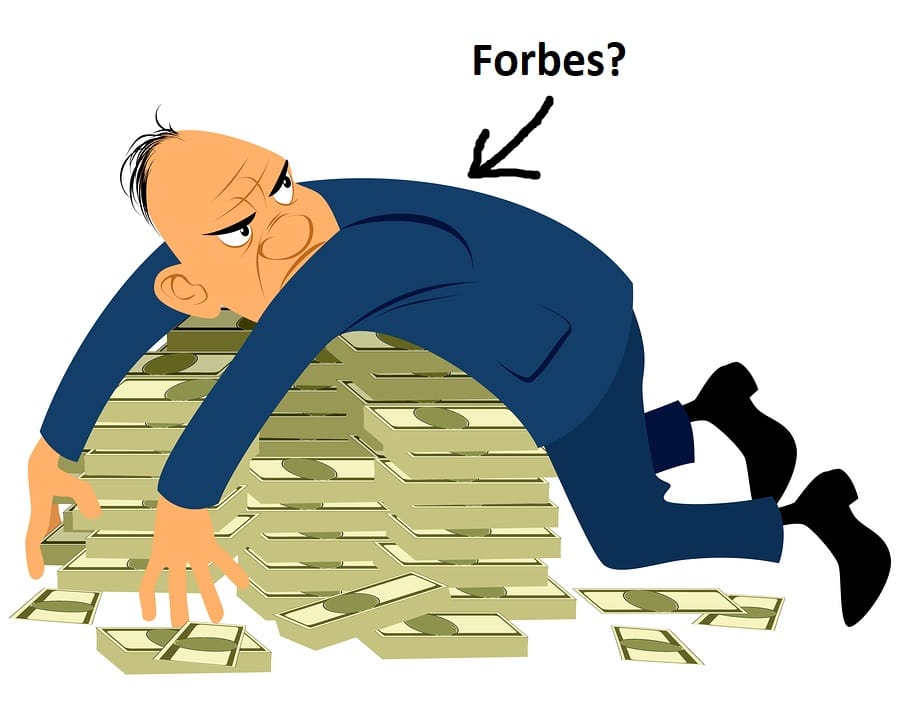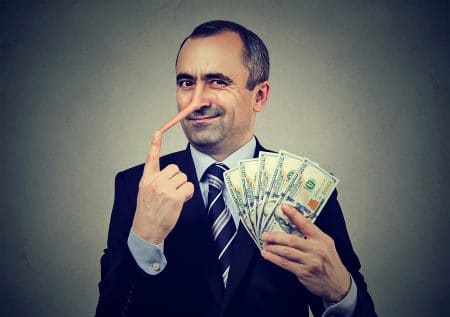Global Wireless Solutions (GWS) released its latest report ranking the performance of cellular networks in the U.S. AT&T again took the top spot in GWS’s rankings.
I previously wrote about my reservations around the methodology GWS used in 2019. My reservations stand nearly unchanged. GWS continues to assess about 500 markets rather than the U.S. at large. I think this makes GWS biased against Verizon, the network that indisputably leads in coverage.
In its latest report, GWS boasts about having the largest and most comprehensive assessment of cellular networks. The claims seem to be based on the large number of data points GWS collects. In my view, the extra data points don’t make up for the fact that GWS’s underlying methodology isn’t as good as RootMetrics’ methodology.
Network operators pay evaluators to license their awards. Is GWS using a funky methodology because the company stands to earn more from declaring AT&T the best network than it would earn from declaring Verizon the best network?










